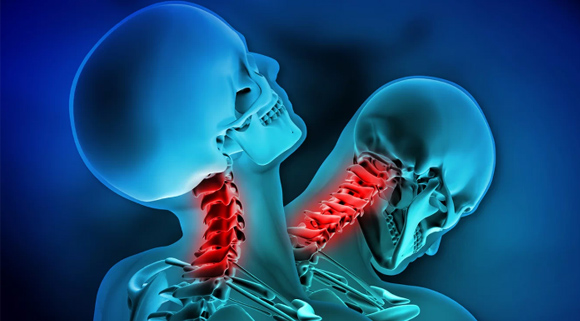Whiplash Injuries
Motor vehicle accidents often cause injuries known as cervical acceleration/deceleration (CAD). In the case of a frontal crash, the neck of the driver will first hyperflex, then rebound into hyperextension. In the case of a rear crash, just the opposite occurs. In either case, the musculature, ligaments, and joints in both the front and back of the neck sustain trauma, and are often injured to a great degree.
The severity of the injury is often out of proportion to the seriousness of the crash. A very minor crash can produce disabling neck pain, which often does not come on until the day after the accident. The position of the head upon impact determines which muscles and structures are involved in the injury. The most common symptoms following a motor vehicle accident are: neck pain, headache, shoulder pain, low back pain, visual disturbances, dizziness, and ringing in the ears. Concussions are also common, as the brain is traumatized when it moves within the skull.

Treatment of CAD injuries vary based on the severity of injuries sustained. Before any treatment program is initiated, X-rays are taken to rule out fractures of the vertebrae. Neck collars are only used when severe instability of the ligaments is suspected, usually in severe CAD injuries. The typical treatment for the acute phase involves ice applications with compression. After the acute stage has passed, light traction and exercises can be implemented. Nutritional supplementation can begin immediately to help reduce inflammation. Beyond the acute phase, chiropractic adjustments and various soft tissue techniques are used to normalize motion in the spine.
